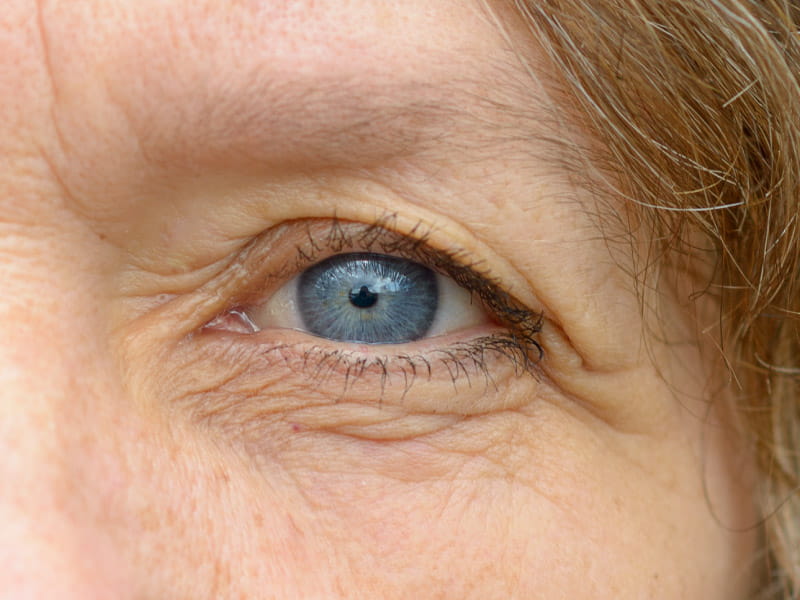Damage from preeclampsia may be seen decades later in the eyes
By Karen Schmidt, American Heart Association News

Women who develop a type of high blood pressure during pregnancy show signs of damage to the small blood vessels in the eye by middle age, according to new research. The findings suggest small vessel, or microvascular, disease may account for their increased risk of heart disease later in life.
Preeclampsia – high blood pressure accompanied by excess protein in the urine – occurs in up to 8% of pregnant women. Without proper management, it can lead to serious complications for the mother and baby.
"There's a growing recognition that microvascular disease is a strong underlying component of cardiovascular disease for people in midlife and later life," said the study's lead author Dr. Michael Honigberg, a cardiologist at Massachusetts General Hospital in Boston. "And so one might reasonably ask, if a woman has had some sort of microvascular complication earlier in life in the setting of pregnancy, is something abnormal about that woman in terms of her microvascular function and health later in life?"
The researchers used data from more than 19,000 mostly white women who were 54 years old on average. They had given birth for the first time an average of 28 years before. They had different scans and tests between 2006 and 2010, including images of their retinas and urine tests. Among them, the 281 women who had hypertension in pregnancy were compared with women who had not. The findings were published Monday in the American Heart Association's journal Circulation.
Women with a history of preeclampsia still had increased protein in the urine, a sign of kidney damage. They also had a much lower density of the tiny blood vessels in the eye, which a 2021 study in Circulation linked to conditions such as high blood pressure, heart failure, kidney failure, Type 2 diabetes and sleep apnea.
This suggests pictures of the retina – which can be taken non-invasively – may be a useful tool to predict risk for numerous conditions.
"It's challenging to look at microvascular disease in the heart directly because you would need to do more involved cardiac tests," said the study's senior author Dr. Pradeep Natarajan, director of preventive cardiology at Massachusetts General Hospital. "So here we have the ability to look at microvascular changes at low cost through another vascularized organ. Further understanding may help develop new therapies to address this process."
For now, Honigberg said, the findings can help women and their doctors recognize the long-term excess risk in those who had preeclampsia and take actions that are known to reduce heart disease risk overall, such as lifestyle changes and medications to treat risk factors.
Women in the study who had gestational hypertension – high blood pressure in pregnancy without other signs – did not show changes to the density of their eye vessels after researchers adjusted for current blood pressure and other factors.
"They have shown that decreased retinal vascular density is specific for preeclampsia," said Dr. Vesna Garovic, chair of the Division of Nephrology and Hypertension at Mayo Clinic in Rochester, Minnesota, who was not involved in the study. "Therefore, this research may be very important in terms of stratifying different hypertensive disorders of pregnancy and their specific effect on cardiovascular disease."
Because the study included mostly white women, the researchers said it is unclear how much the findings apply to other races and ethnicities. Black women, previous research shows, are the most likely to develop preeclampsia.
More studies are needed to better understand the timing of the microvascular changes with respect to preeclampsia and later heart disease, and to confirm the validity of using retinal images to predict cardiovascular risk, said Garovic, who led the writing of an AHA scientific statement about hypertension in pregnancy published in December.
It might turn out, Garovic said, that just as the eyes have been called the window to the soul, the eyes also "are the windows to cardiovascular health."
If you have questions or comments about this story, please email [email protected].





